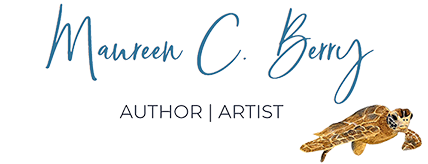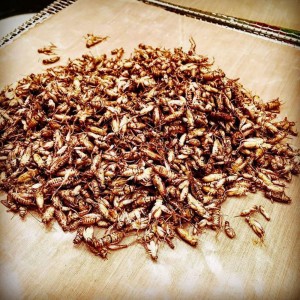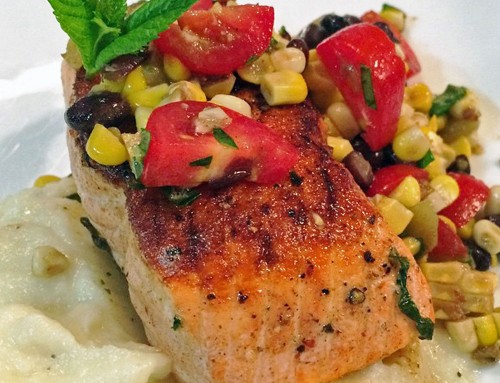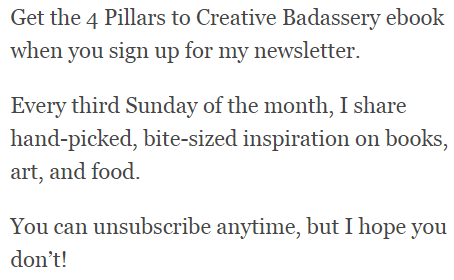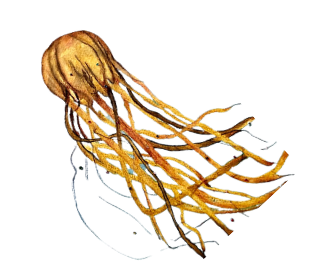Welcome to my new website and blogs. Yes plural. All three blogs, photography and more are under this one site.
Along with the change of address, I decided to evolve this blog, formerly called Seafood Lady, to include more about conservation than just sustainable seafood and fisheries. As I move forward, you’ll continue to receive some of the same feature articles, lists, and recipes which you were familiar. However, since what we do on land impacts what happens in and to the oceans, it was only a matter of time before this site expanded its mission. That is to tackle sustainable news you can chew on whether you live near the ocean, in the city or in a rural country town.
So thanks for sticking around. And if you still want to call me Seafood Lady, great! But these days you’ll find that I respond best to “M.”
When I was a kid my brothers dared me to eat bugs. They sold me on plenty of their taunts, but eating bugs wasn’t one of them. Although I’m sure I considered it. I’m positive I was curious. But that was as far as it went.
Now though, I’m curious again. I’m considered eating bugs. Crickets specifically. The edible, farmed variety of course.
The reality is—bugs are a good source of protein and minerals. Crickets especially are a reliable, healthy resource for a protein-hungry world.
Entomophagy—human consumption of insects—is not a novel idea. “The practice of eating insects is cited throughout religious literature in the Christian, Jewish and Islamic faiths.”
Nor are edible bug farms a far-flung futuristic dream. Armstrong’s Cricket Farm opened in the US in 1947 to supply the bait and pet feed industry. In 1952, Ghann’s Cricket Farm sprang into action in Augusta, Georgia.
Fast forward to 2014 to Youngstown, Ohio where the first edible cricket farm opened in the US. Why Ohio? Big Cricket Farm team searched for an area to farm crickets, but also wanted to help support a distressed community. Don’t you love that?
Eating crickets is not just for the underprivileged. Nor is it a trend. It is a growing, viable, much-needed protein industry for our growing global population. There are cricket and bug farms springing up in Florida, Texas, Canada and across Europe.
And apparently cricket powder is a lucrative business. Enter Coalo Valley Farms, a sustainable cricket farm based in San Fernando Valley, CA. Coalo produces cricket powder, a product that sells for $44 to $55 per pound.
Yeah.
Here are a few questions that came to my mind as I *ahem* reconsidered eating bugs.
How many crickets does it take to make a pound of cricket flour?
Approximately 5,050 crickets, according to Charles B. Wilson and Shean Ellis, founders of Cricket Flours, another US-based company dedicated to creating sustainable cricket flour and protein powders.
What can you make with cricket powder?
Think muffins, crackers, noodles, candy, oatmeal, or any recipe that calls for flour.
What does cricket powder taste like?
According to Elliot Mermel, the owner of Coalo, cricket powder is “…nice, nutty.”
Seems straightforward, doesn’t it? Cricket flour is high in protein, has a mild flavor, and is versatile.
I know I’m not the only one thinking about sustainable solutions for our growing global population.
Apparently perceptions about eating bugs are evolving in the US. According to a 2014 scientific study, one in five, men more so than women, are ready to make to the conversion from meat to insects.
So. Are you ready to swap out your beef for bugs?
If you’re considering your options for a more sustainable eating future and want to read more, chew on this “entopreneur” article from BloombergBusiness.
Oh yeah. For the record, I haven’t eaten a cricket.
Yet.
But I’m thinking about it.
